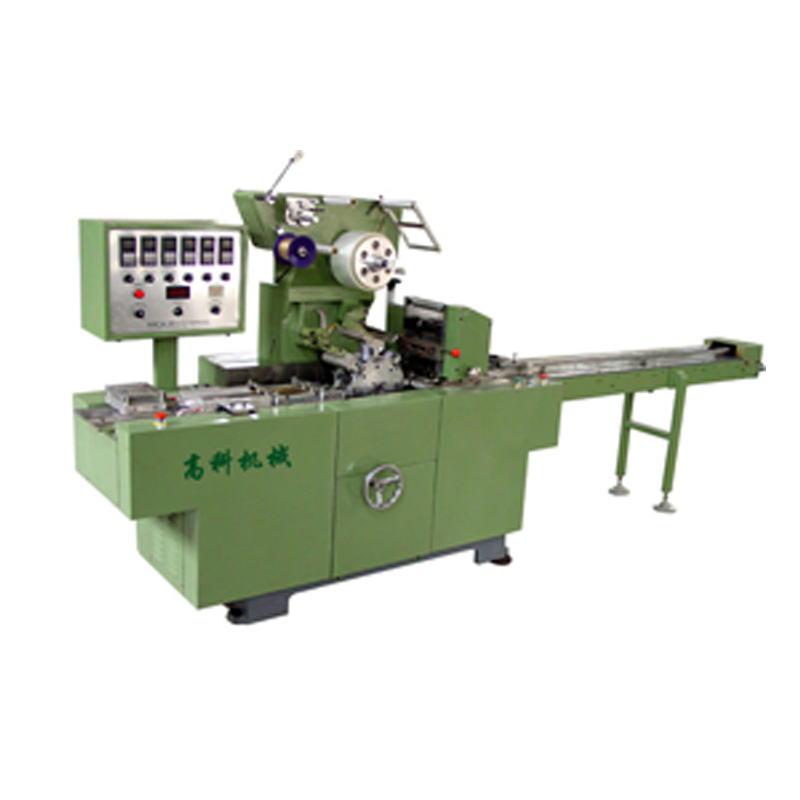Web Menu
Product Search
Exit Menu
Evaluating Whether Playing Cards Making Machine Operates with High Energy Consumption
Understanding Energy Use in Card Manufacturing Equipment
Energy efficiency is a growing concern for manufacturers across all sectors, and the card production industry is no exception. A Playing Cards Making Machine typically integrates multiple subsystems—such as sheet feeders, high-resolution printers, laminators, cutters, and stackers—each of which consumes electricity to maintain high-speed output and precise quality. The question of whether the overall energy consumption is high depends on various factors, including machine type, automation level, production scale, and operational efficiency.

Power Demands Across Different Process Stages
The total energy consumption of a Playing Cards Making Machine is the sum of its component processes. High-speed printing units, especially those using digital or offset technology, are often energy-intensive. Cutting mechanisms that involve motorized blades or die-cutting systems also require consistent power, particularly in industrial-scale setups. Additional systems like UV curing lamps (used for fast-drying inks), heating units in lamination, and vacuum pumps for sheet feeding further contribute to the machine’s energy profile. However, newer equipment often uses energy-saving motors and modular controls that optimize power use during idle periods or slower runs.
Comparison with Other Printing and Packaging Machines
When compared to broader categories of industrial printers or packaging machines, a Playing Cards Making Machine typically falls within the mid-range of energy use. While not as power-hungry as large-scale offset presses used in book printing or thermoforming machines used for rigid packaging, it does consume more electricity than simpler desktop print or cut systems. This is primarily because playing card production demands high precision, double-sided alignment, lamination, and consistent cutting—all of which must occur in a synchronized and uninterrupted workflow.
Machine Size, Automation Level, and Energy Load
Larger, fully automated machines generally consume more energy than compact or semi-automatic units, but they also deliver higher productivity per kilowatt-hour. For example, a fully integrated system capable of producing thousands of decks per hour may have a higher total energy draw, but its energy cost per finished deck is often lower due to process efficiency. Advanced models with intelligent power management systems can further reduce unnecessary energy expenditure by switching off idle subsystems or optimizing motor speed based on real-time load.
Environmental and Cost Considerations
High energy consumption not only affects operating costs but also increases the environmental impact of manufacturing. Many playing card producers are now factoring in the carbon footprint of their equipment when selecting machinery. Fortunately, energy-efficient versions of the Playing Cards Making Machine are increasingly available. These machines are often certified with energy ratings or environmental compliance marks, indicating lower operational impact. Long-term savings from reduced power bills can offset the higher initial cost of purchasing energy-efficient machinery.
Strategies to Improve Operational Efficiency
To reduce overall power usage, manufacturers can adopt several practices. Running machines at full capacity instead of in frequent start-stop cycles helps improve energy efficiency. Regular maintenance ensures motors and thermal units operate well, and proper scheduling can consolidate production tasks to avoid idle time. Additionally, selecting appropriate materials—such as fast-drying inks or thermally stable cardstocks—can shorten processing times and reduce energy-intensive treatments like prolonged curing or reheating.
Conclusion: Energy Use Depends on Design and Operational Choices
While a Playing Cards Making Machine does require a moderate to significant amount of energy during operation, its consumption is manageable and often optimized in modern setups. With advancements in energy-saving components and production automation, many machines today are designed to balance performance with sustainability. For manufacturers concerned with electricity costs and environmental responsibility, investing in newer models and applying efficient operational practices can result in both economic and ecological benefits.




 English
English عربى
عربى











